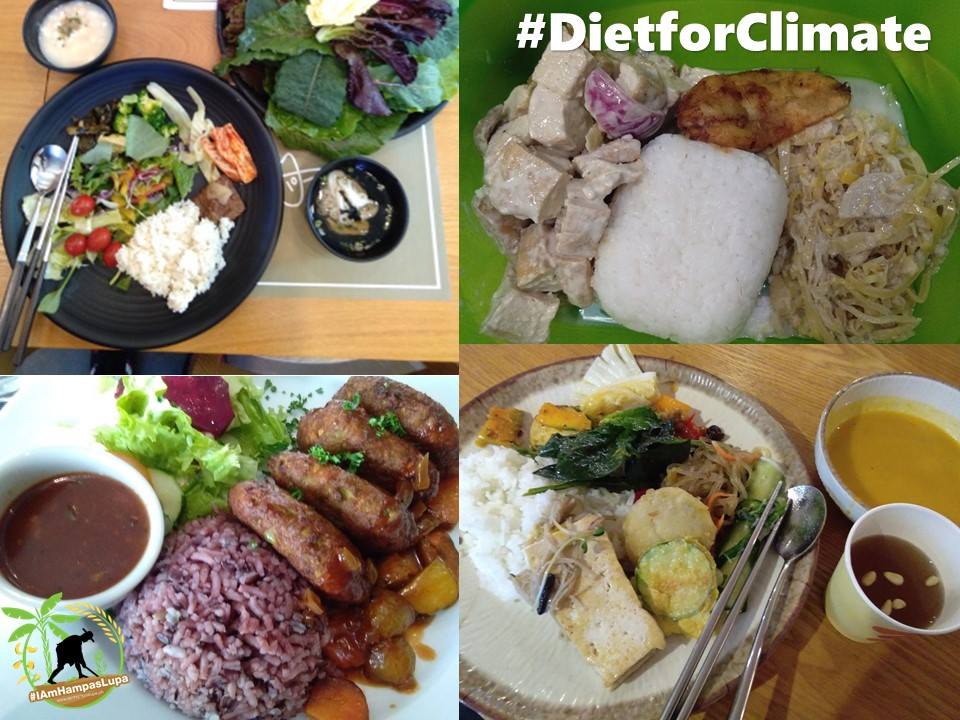It has been ten years since I became part of the inaugural cohort of Teach for the Philippines. It was one of the most difficult jobs ever because we attempted to provide quality education while trying to deal with bureaucracy, lack of resources, and poverty in its different forms. Unsurprisingly, similar problems were also faced by the alumni of the Teach for All Network in Asia-Pacific whom I got to meet and interact with during the Alumni Summit held in Kuala Lumpur, Malaysia.
It was exhilarating to be among passionate leaders in the field of education. Though some of us are no longer directly involved in education, like myself, the commitment towards nation-building and education equity is still there.
The summit mainly revolved around the theme of “The Future of Learning in a Rapidly Changing World.” Technological disruption is one challenge emphasized but I managed to put a spotlight on the climate crisis, a defining issue of our time. I spoke about how teachers and educators can take action through climate education. Teachers are in a good position to raise awareness about the cause of climate change (that is the increase of greenhouse gas emissions from human activities), and its impacts (rising sea levels, extreme temperatures, strong typhoons, droughts, among others).
Climate change definitely affects the education sector particularly students and children. Classes are usually disrupted and schools are turned into evacuation centers during the occurrence of typhoons in the Philippines. An average of 20 typhoons hit the country each year. No wonder the Philippines was ranked first among countries with the highest disaster risk worldwide in 2022. Children in the Philippines are at extremely high risk from the impacts of the climate crisis, according to UNICEF. The youth are also experiencing climate anxiety with 92% of Filipino youth believing the future is frightening.
Despite this doom and gloom outlook, teachers can put forward a message of hope. That collectively, we could address the climate crisis and work towards a resilient and regenerative future. There are a lot of things to be done but the presence of these education leaders during the summit is a good indication and is an assurance that together, we can shape the future we want.




















































